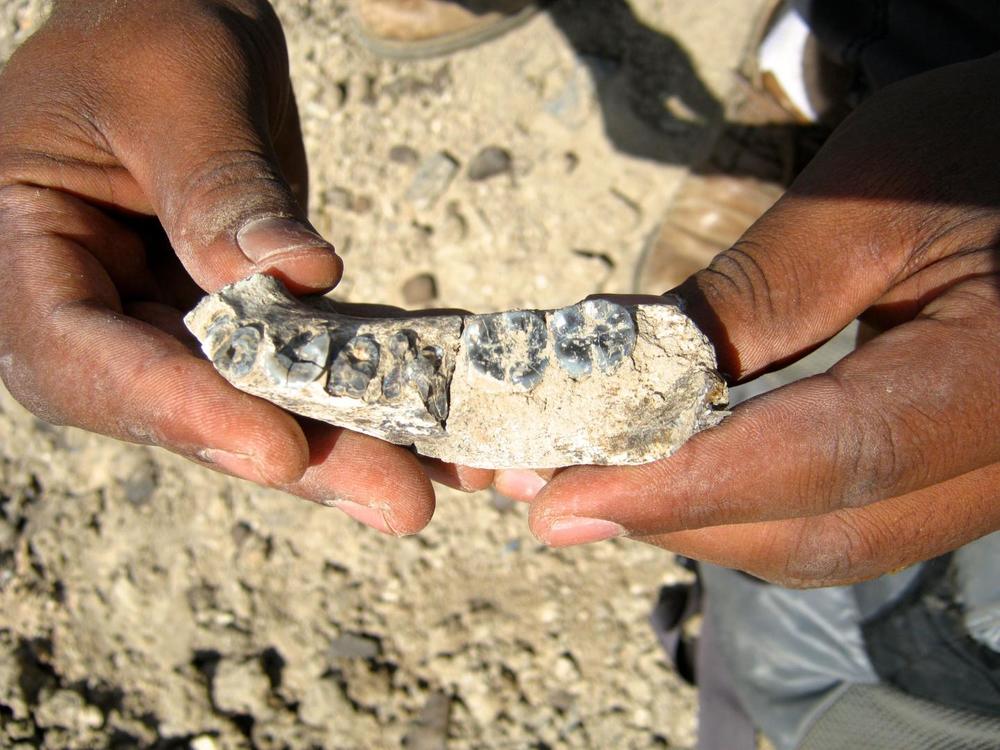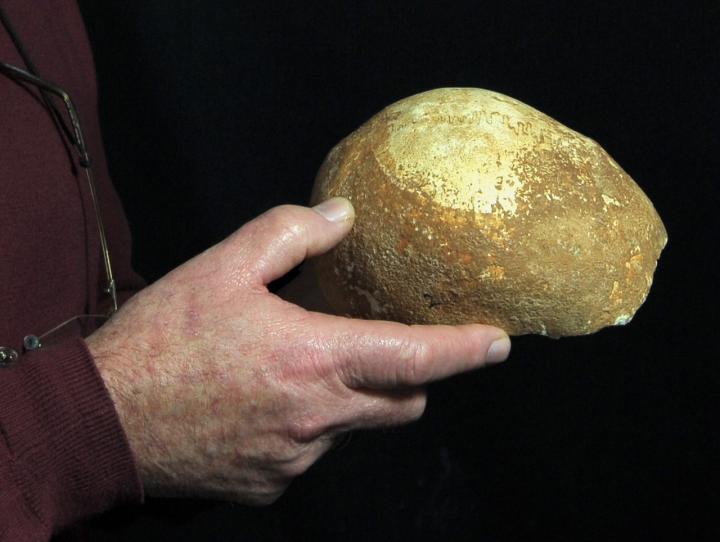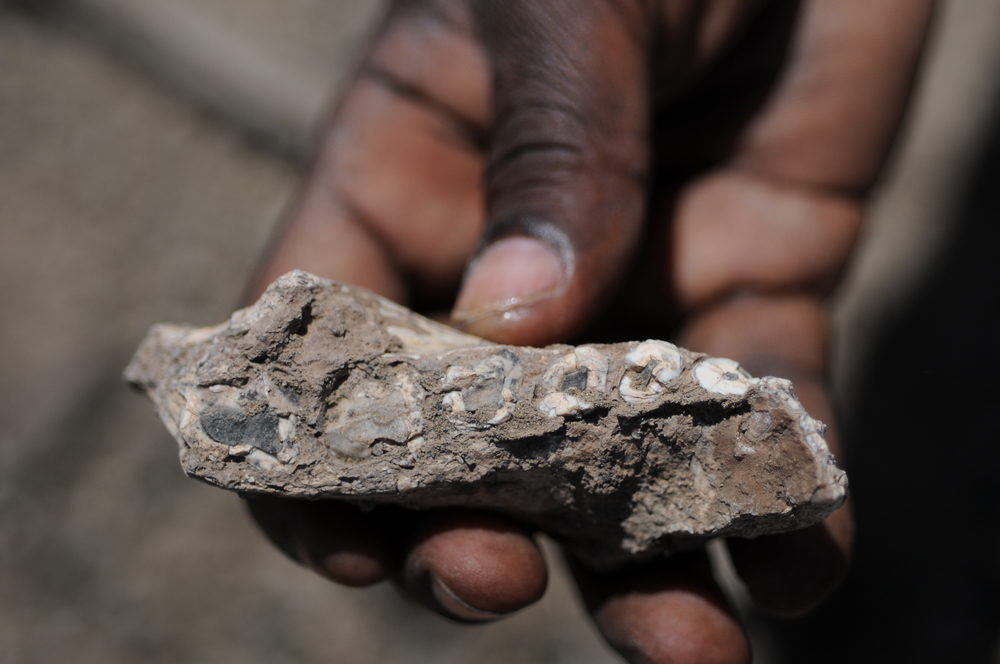In the News
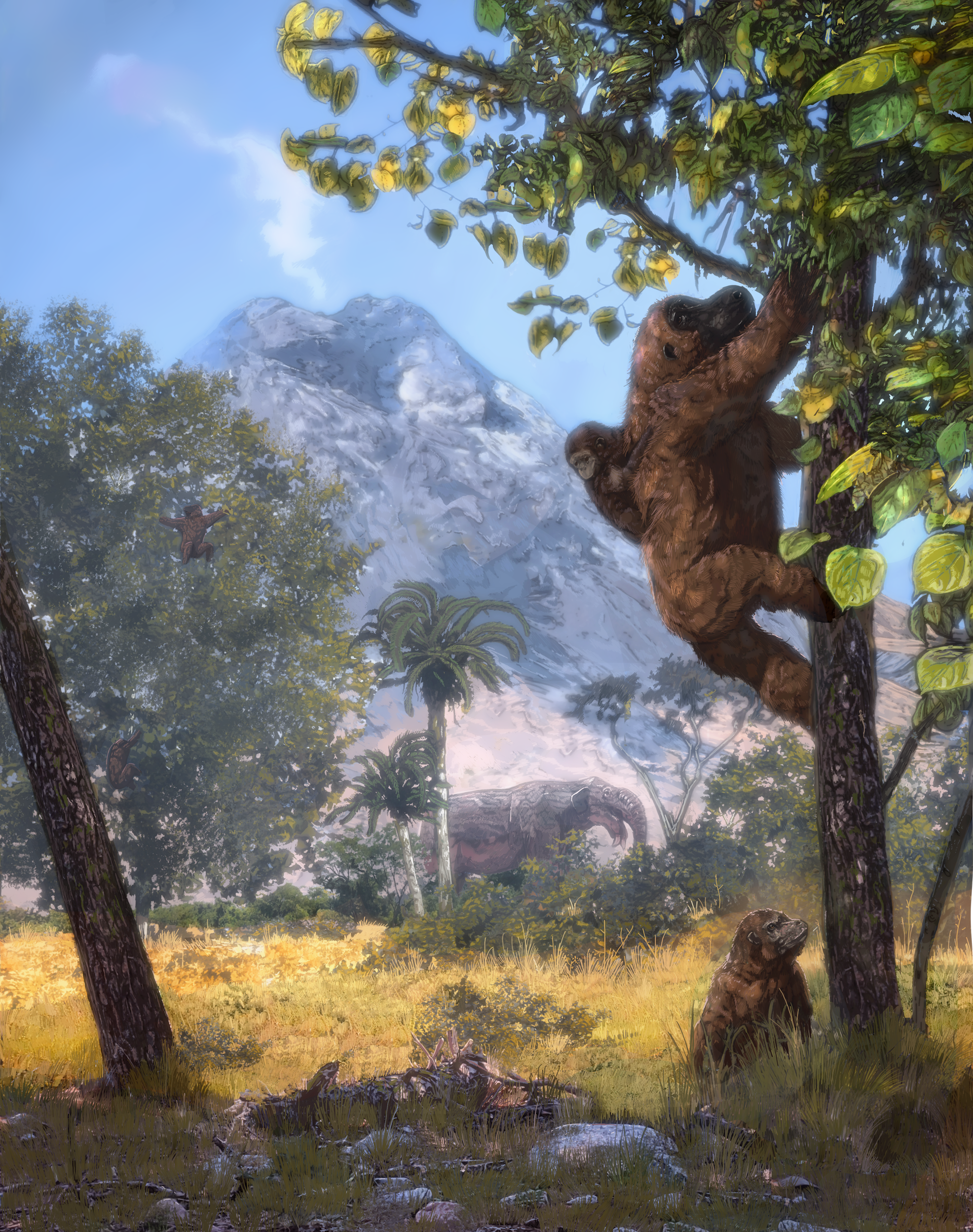
New Leakey Foundation-supported research pushes back the oldest evidence of grassy woodlands by 10 million years and suggests that the earliest apes evolved upright stature for leaves, not fruit.
Laura M. MacLatchy, University of Michigan; Dan Peppe, Baylor University, and Kieran McNulty, University of Minnesota
Human evolution is tightly connected to the environment and landscape of Africa, where our ancestors first emerged.
According to the traditional scientific narrative, Africa was once a verdant idyll of vast forests stretching from coast to coast. In these lush habitats, around 21 million years ago, the earliest ancestors of apes and humans first evolved traits – including upright posture – that distinguished them from their monkey cousins.
But then, the story went, global climates cooled and dried, and forests began to shrink. By about 10 million years ago, grasses and shrubs that were better able to tolerate the increasingly dry conditions started to take over eastern Africa, replacing forests. The earliest hominins, our distant ancestors, ventured out of the forest remnants that had been home onto the grass-covered savanna. The idea was that this new ecosystem pushed a radical change for our lineage: We became bipedal.
For a long time, researchers have linked the expansion of grasslands in Africa to the evolution of numerous human traits, including walking on two legs, using tools, and hunting.
Despite the prominence of this theory, mounting evidence from paleontological and paleoclimatological research undermines it. In two recent papers, our multidisciplinary team of Kenyan, Ugandan, European and American scientists concluded that it is time finally to discard this version of the evolutionary story.
A decade ago, we began what, at the time, was a unique experiment in paleoanthropology: Several independent research teams joined together to build a regional perspective on the evolution and diversification of early apes. The project, dubbed REACHE, short for Research on Eastern African Catarrhine and Hominoid Evolution, was based on the premise that conclusions drawn from evidence across many locations would be more powerful than interpretations from individual fossil sites. We wondered whether previous researchers had missed the forest for the trees.
An ape in Uganda 21 million years ago
Based on the lifestyle of apes alive today, scientists have hypothesized that the very first ones evolved in dense forests, where they successfully fed on fruit, thanks to a few key anatomical innovations.
Apes have stable, upright backs. Once the back is vertical, an ape no longer has to walk on the top of small branches like a monkey. Instead, it can grab different branches with its arms and legs, distributing its body mass across multiple supports. Apes can even hang below branches, making them less likely to lose their balance. In this way, they are able to access fruits growing on the edges of tree crowns that otherwise might be available only to smaller species.
But was this scenario true for the earliest apes? A 21 million-year-old site in Moroto, Uganda, became an ideal place to investigate this question. There our REACHE team discovered teeth and other remains belonging to Morotopithecus, the oldest ape for which scientists have found fossils from the cranium, teeth and other parts of the skeleton.
Two bones in particular helped us understand how this species moved. A lower backbone found decades ago and curated by the Uganda National Museum had already been noted for its bony attachments for back muscles, indicating that Morotopithecus had a stiff lower back, good for climbing upright in the trees.
A discovery of our own confirmed this climbing behavior in a major way. At Moroto we found a fossil ape thigh bone that is short but strong, with a very thick shaft. This kind of bone is characteristic of living apes and helps them climb up and down trees with a vertical torso.
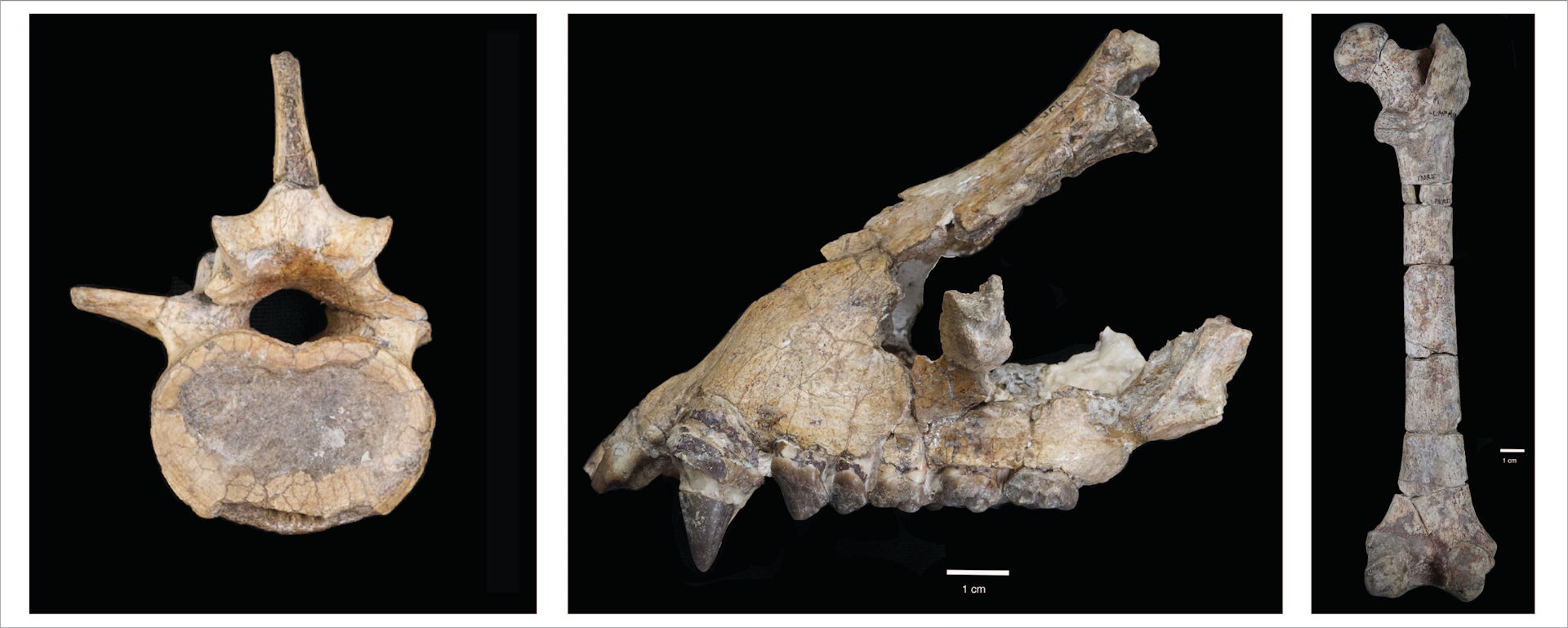
Although both skeletal fossils are consistent with the fruit-eating, forest-dwelling ape hypothesis, we found something astonishing when we discovered an ape lower jaw fragment in the same excavation layer. Its molars were elongated, with well-developed shearing crests running between the cusps. These ridges are ideal for slicing leaves but are unlike the low, round, crushing tooth cusps of committed fruit eaters. If ape skeletal adaptations evolved in forests to aid in fruit exploitation, why would the earliest ape showing these locomotor features instead have teeth like a leaf eater’s?
Such inconsistencies between our evidence and the traditional narrative of ape origins led us to question other assumptions: Did Morotopithecus live in a forested habitat at all?
The environment at Moroto
To figure out Morotopithecus’ habitat, we studied the chemistry of fossil soils – called paleosols – and the microscopic remains of plants they contain in order to reconstruct the ancient climate and vegetation at Moroto.
Trees and most shrubs and nontropical grasses are classified as C₃ plants, based on the type of photosynthesis they perform. Tropical grasses, which rely on a different photosynthetic system, are known as C₄ plants. Importantly, C₃ plants and C₄ plants differ in the proportions of the various carbon isotopes they take in. That means carbon isotope ratios preserved in the paleosols can tell us the composition of the ancient vegetation.
We measured three distinct carbon isotope signatures, each providing a different perspective on the plant community: carbon resulting from decomposition of vegetation and soil microbes; carbon resulting from plant waxes; and calcium carbonate nodules formed in soils through evaporation.
Although each proxy gave us slightly different values, they converged on a single remarkable story. Moroto was not a closed forest habitat but rather a relatively open woodland environment. What’s more, we found evidence of abundant C₄ plant biomass – tropical grasses.

This discovery was a revelation. C₄ grasses lose less water during photosynthesis than C₃ trees and shrubs do. Today, C₄ grasses dominate seasonally dry savanna ecosystems that cover more than half of Africa. But scientists hadn’t thought the levels of C₄ biomass we measured at Moroto had evolved in Africa until 10 million years ago. Our data suggests it happened twice as far back in time, 21 million years ago.
Our colleagues Caroline Strömberg, Alice Novello and Rahab Kinyanjui used another line of evidence to corroborate the abundance of C₄ grasses at Moroto. They analyzed phytoliths, tiny silica bodies created by plant cells, preserved in the paleosols. Their results supported an open woodland and wooded grassland environment for this time and place.
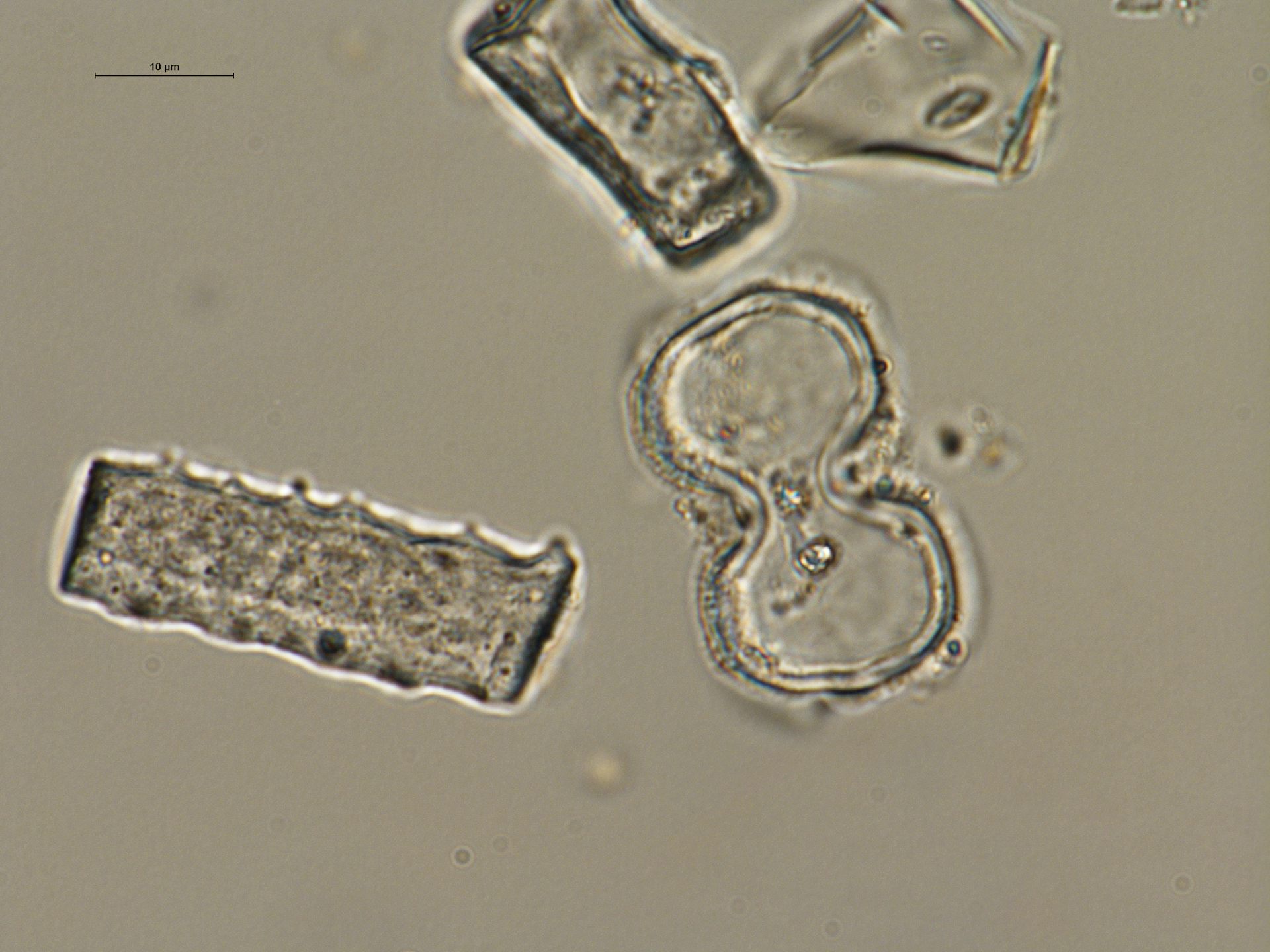
Taken together, this evidence dramatically contradicts the traditional view of ape origins – that apes evolved upright torsos to reach fruit in forest canopies. Instead, Morotopithecus, the earliest known ape with upright locomotion, consumed leaves and inhabited an open woodland with grassy areas.
A new, regional view of early ape habitats
Through the REACHE project, we applied the same approach to reconstruct habitats at eight other fossil sites in Kenya and Uganda, ranging in age from around 16 million to 21 million years old. After all, Morotopithecus is only one of several apes that lived during this time period.
To our surprise, we discovered that the ecological signal measured at Moroto was not unique. Instead, it was part of a broader pattern in eastern Africa during this time.
Our isotopic proxies at each fossil site contributed two significant revelations. First, vegetation types ranged from closed canopy forests to open wooded grasslands. And second, every site had a mixture of C₃ and C₄ vegetation, with some locations having a high proportion of C₄ grass biomass. Phytoliths from the same paleosols again corroborated that abundant C₄ grasses were present at multiple sites.
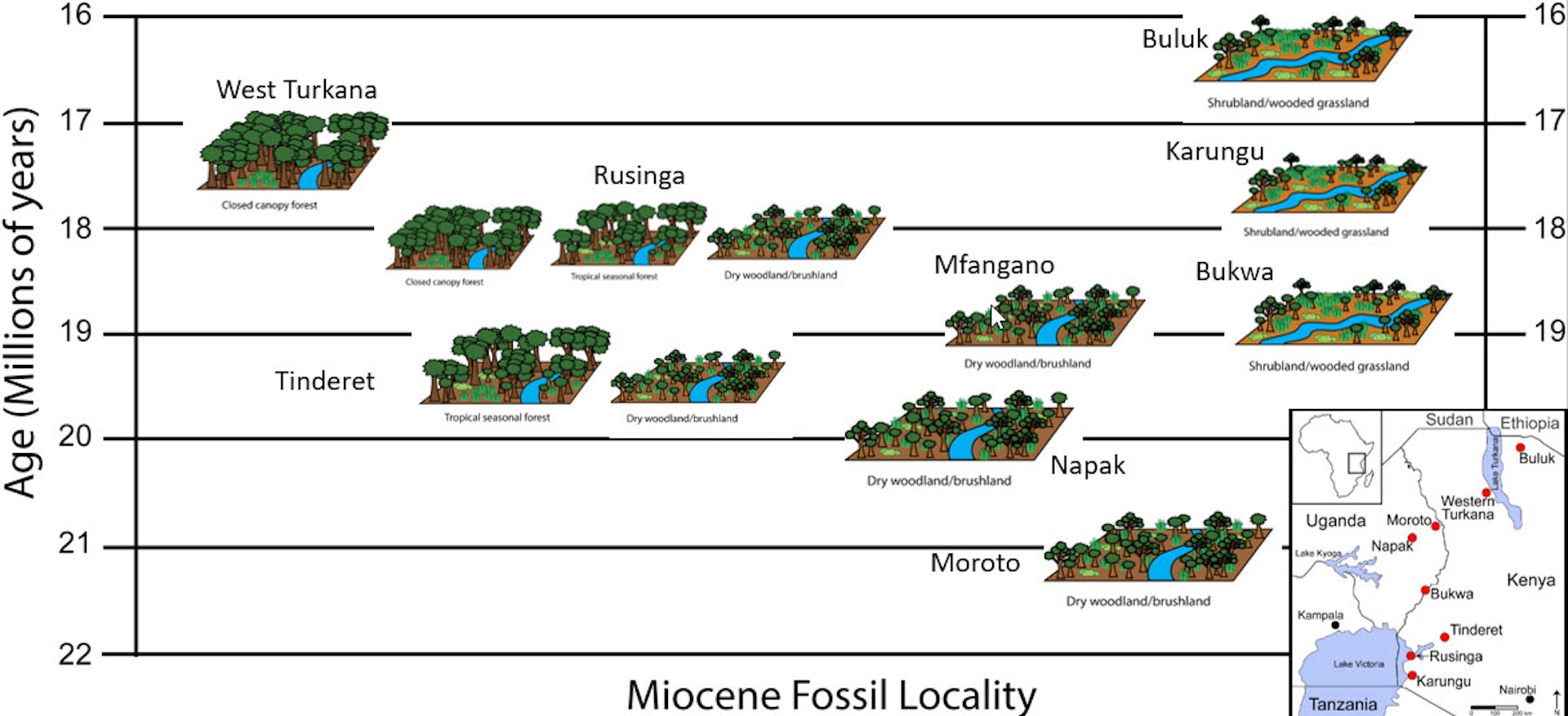
The realization that such a variety of environments, especially open habitats with C₄ grasses, was present at the dawn of the apes forces a reassessment not just of the evolution of apes but of humans and other African mammals. Although some studies had suggested such habitat variation was present across Africa, our project was able to confirm it, repeatedly, within the very habitats that early apes and their animal contemporaries occupied.
Because the timing of the assembly of Africa’s grassland habitats underlies many evolutionary hypotheses, our discovery that they existed much earlier than expected calls for a recalibration of those ideas.
Regarding human origins, our study adds to a growing body of evidence that our divergence from apes – in anatomy, ecology, behavior – cannot be simply explained by the appearance of grassland habitats. Nevertheless, we cautiously remind ourselves that hominin evolution unfolded over many millions of years. It is almost certain that the vast and majestic grasslands of Africa played an important role in some of the many steps along the path to becoming human.
Laura M. MacLatchy, Professor of Anthropology, University of Michigan; Dan Peppe, Associate Professor of Geosciences, Baylor University, and Kieran McNulty, Professor of Anthropology, University of Minnesota
This article is republished from The Conversation under a Creative Commons license. Read the original article.

